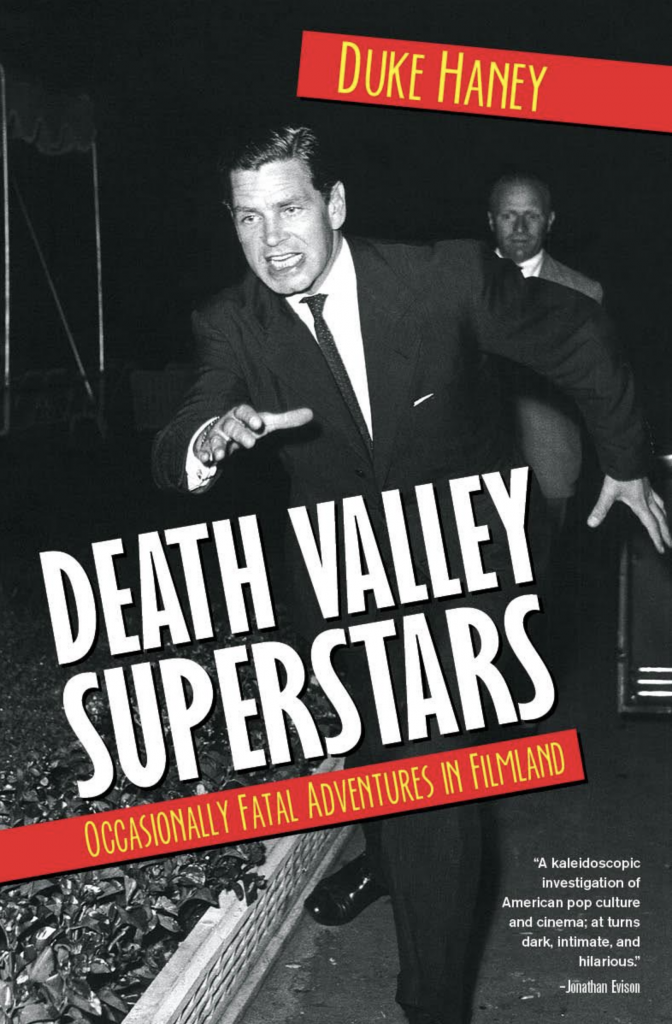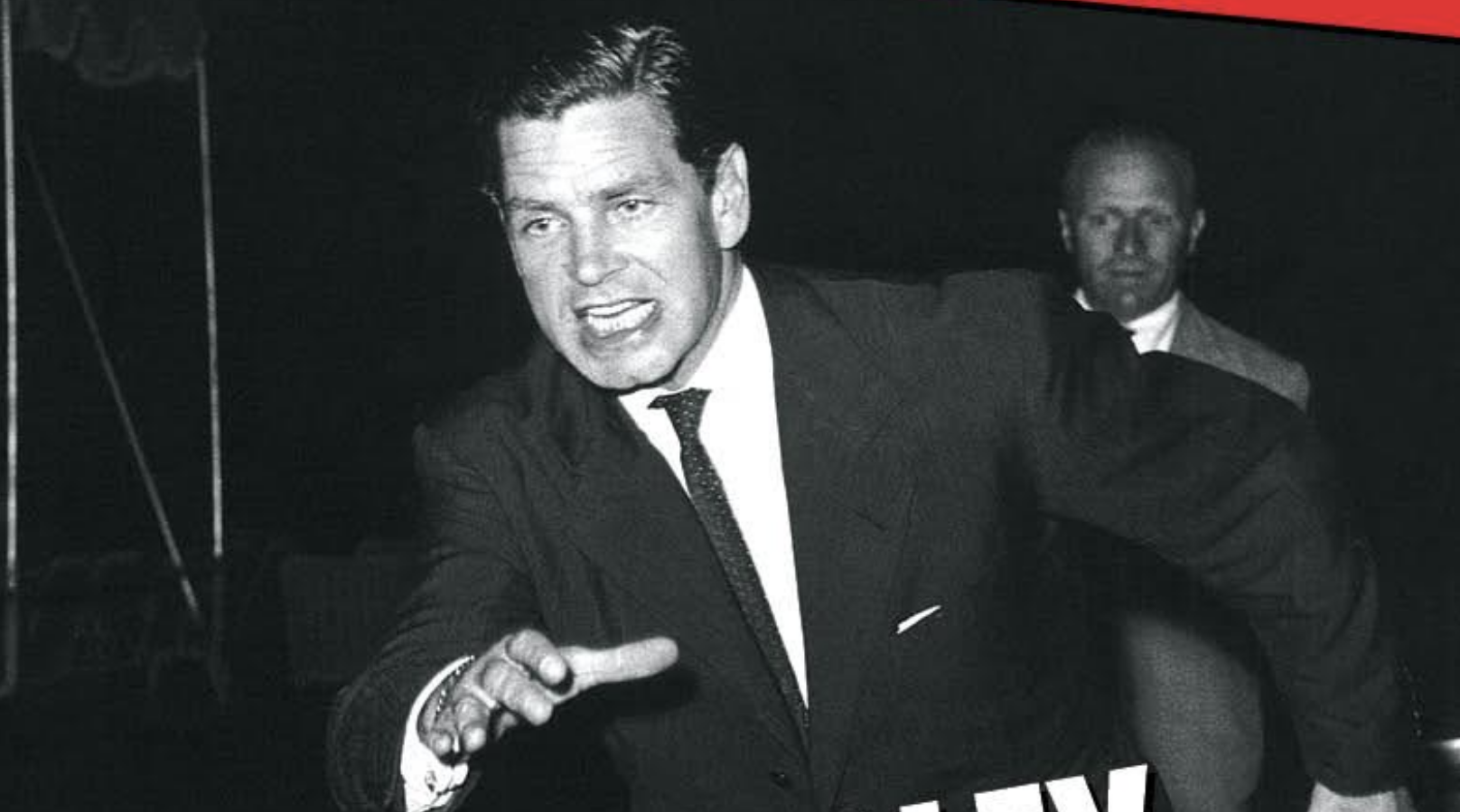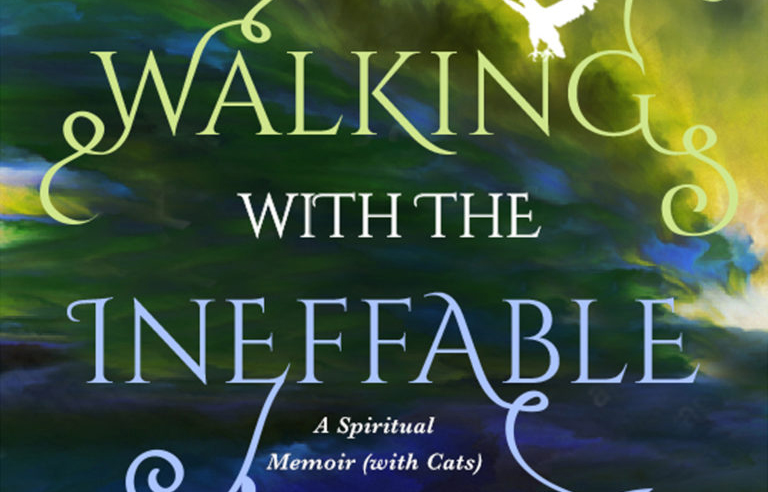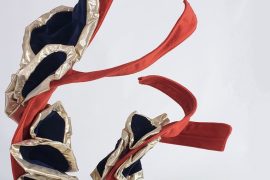Welcome to another installment of If My Book, the Monkeybicycle feature in which authors shed light on their recently released books by comparing them to weird things. This week Duke Haney writes about his essay collection, Death Valley Superstars: Occasionally Fatal Adventures in Filmland, out now from Delancey Street Press.

If Death Valley Superstars were a street, it would be Mulholland Drive, the winding mountain road, more than twenty miles long, famous for its panoramic views of Los Angeles. I knew a retired movie producer who lived alongside such a view, and he routinely spotted used condoms on the road shoulder, the view obviously having inspired l’amour dans les voitures. His house was also next to a hairpin curve, and speeding cars crashed into his kitchen more than once, so that eventually he installed twenty-one steel pillars outside the house to barricade it. He referred to the pillars as his “twenty-one-gun salute.”
If Death Valley Superstars were a plant, it would be the scrub oak or the manzanita, that bushy chaparral that seemed so exotic when I came upon images of the Hollywood Hills as a teenager. There was nothing like it in Virginia, where I grew up, and I used to wonder how tall and wide those shrubs were in reality. (It varies, I would learn.) Unlike palm trees, they’re native to the area, so they obviously have the stuff to thrive in a hostile environment, which of course has not been the case with so many aspiring actors, musicians, filmmakers, and so on. L.A., I would argue, is the true Death Valley, the place where dreams go to die—and sometimes the dreamers.
If Death Valley Superstars were a sign, the word BAR would be written on it in blinking red neon, while, in steady white neon, a martini glass would be silhouetted, with an implied olive floating in its center like a green fetus. The colors of the sign are almost irrelevant, since it would only be seen in black and white, and if we looked past the sign to the fleabag above it, we would note a shirtless man leaning on a windowsill as he pensively smoked a cigarette. Soon he would be joined at the window by a woman in a slip or spaghetti-strapped nightgown. Both would be unusually attractive for fleabag residents, insofar as we could make out their features by the intermittent light of the bar sign.
If Death Valley Superstars were a band, it would be the Standells or the Seeds or the Count Five or any other L.A. garage band of the mid-1960s, when the Sunset Strip, formerly the playground of the rich and famous, became a teenage dance-club scene. Locals griped about the noise and foot traffic, and police intervened, resulting in riots at the end of the 1966. (“For What It’s Worth,” the Buffalo Springfield classic, is about the Sunset Strip riots.) The San Francisco rock & roll scene didn’t really take off until the scene in L.A., formerly the best in the country, was shut down; and the word punk was first used in a musical context by critics trying to encapsulate the sound of garage bands such as the Standells, which, as with so many things in L.A., had a movie connection: its keyboardist was the younger brother of West Side Story star Russ Tamblyn.
If Death Valley Superstars were a bird, it would be a raptor, since it’s certainly a carnivorous, not a seed-eating, book; but the raptor wouldn’t be a vaguely sinister behemoth like the harpy eagle, which is limited to Latin America in any case; no, I would propose the American kestrel, once called the sparrow hawk, a particularly striking bird, with its powder-blue and pinkish-orange plumage and the teary black streaks, reminiscent of a cheetah (my favorite mammal), on either side of its beak. Though the American kestrel is found all over the U.S., the only time I saw one was in L.A. It was perched in telephone wire as if posing on the red carpet, a star seemingly conscious of its arresting charisma.
If Death Valley Superstars were a social event, it would be a post-funeral orgy, or a post-orgy funeral, or an orgy in the midst of a funeral, though necrophilia would assuredly be banned.
Duke Haney, aka Daryl Haney, has spent most of his adult life working in the movie business, with twenty feature-film credits as an actor and twenty-two as a screenwriter. He used pseudonyms for some of the screenplays and went by “D. R. Haney” as the author of a novel, Banned for Life, and an essay collection, Subversia. After he was struck by a car in a crosswalk on Sunset Boulevard, a friend claimed he walked like John “Duke” Wayne and gave him the nickname by which most people know him and he has taken belatedly as his pen name. He plans to follow Death Valley Superstars with a novel tentatively titled XXX. You can follow him on Twitter at @subversia, on Instagram at @dukehaney, or friend him on the dreaded Facebook at https://www.facebook.com/drhaney.




